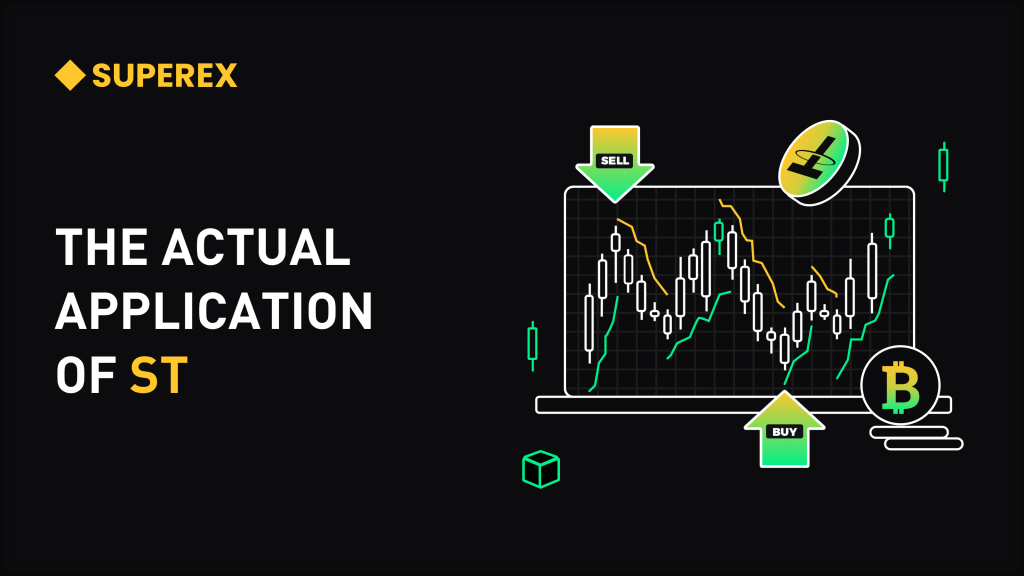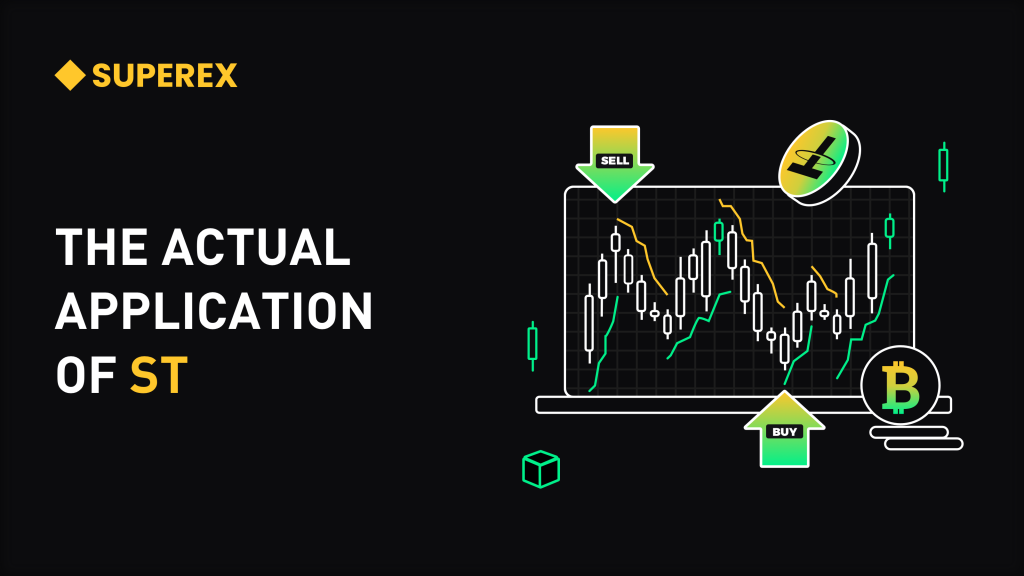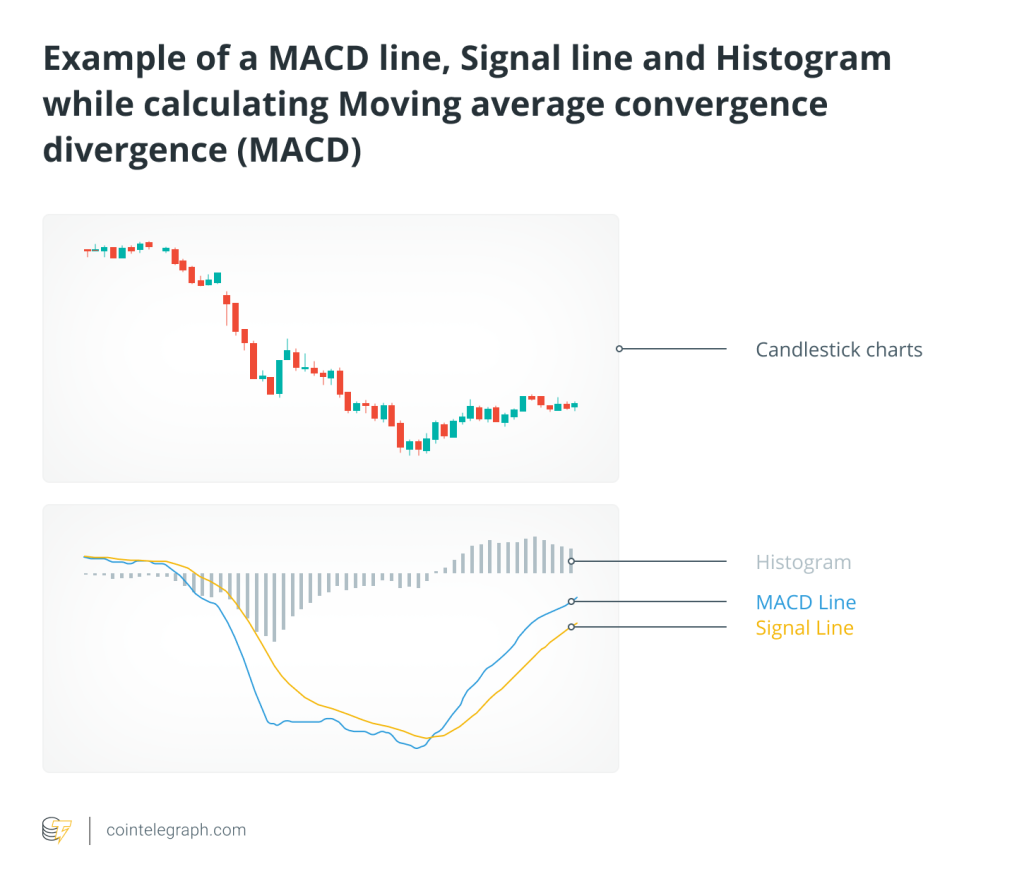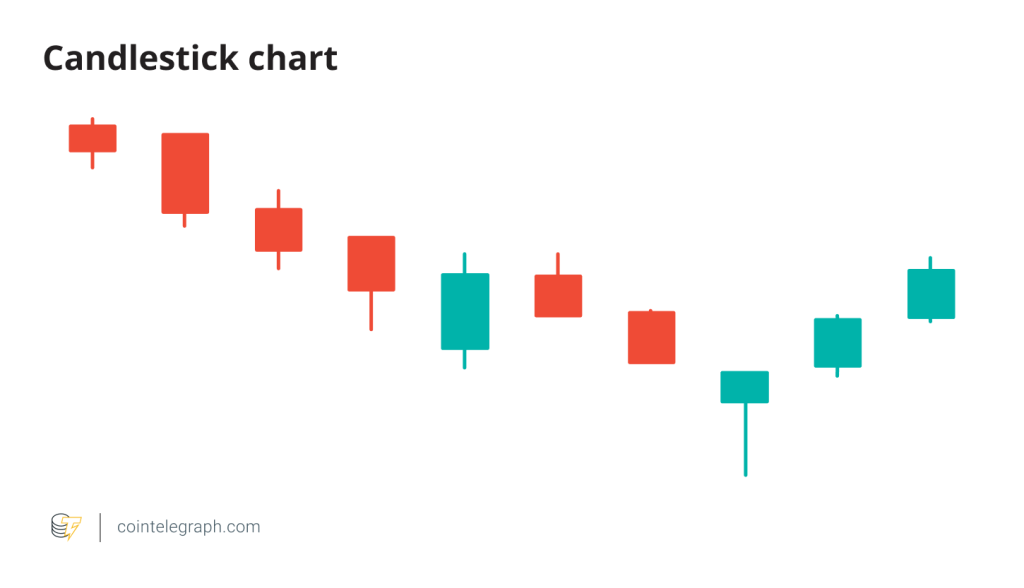LEARN SUPER TREND INDEX IN 3 MINUTES – BLOCKCHAIN 101

In both the cryptocurrency market and the traditional financial market, capturing trends is an important task for investors. Market trends are often accompanied by significant price fluctuations, providing traders with excellent entry and exit opportunities. The Super Trend indicator, as a trend-following tool, with its simple and intuitive signals and relatively high accuracy, has gradually become the first choice for many traders. So, what exactly is the Super Trend indicator? And how can it be effectively used in actual trading? This article will take you on an in-depth exploration.

-
The Basic Principle of the Super Trend Indicator
The Super Trend is a trend-based technical indicator. Its core principle is to utilize the combination of ATR (Average True Range) and moving averages to determine the current trend direction of the market. The Super Trend indicator is usually displayed as a simple up-and-down moving line on the price chart. By observing the relative position of the price to this trend line, traders can easily judge whether the current market trend is bullish or bearish.
1.1 Calculation Method
The calculation of the Super Trend indicator mainly consists of the following steps:
- ATR Calculation: First, calculate the Average True Range (ATR) within the specified period. ATR can help us measure the volatility of prices.
- Setting Upper and Lower Boundaries: Based on the fluctuation range of the ATR value, set the Upper Band and the Lower Band. Usually, the boundaries of the Super Trend will be set as a certain multiple of ATR to form a “safe zone”.
- Trend Confirmation: When the price exceeds the upper boundary, the Super Trend line shifts to the underside of the price, indicating that the market has entered a bullish trend; conversely, when the price falls below the lower boundary, the Super Trend line shifts to the upper side of the price, indicating that the market has entered a bearish trend.
This enables the Super Trend not only to serve as a tool for trend judgment but also to help investors set stop-loss and take-profit points, maximizing profit protection.
-
How to Use the Super Trend Indicator
The main function of the Super Trend is to help traders identify the trend direction of the market. Its signals are very simple and clear, making it suitable for beginners. Usually, the Super Trend can provide the following two core signals:
- Buying Signal: When the price breaks through the upper boundary of the Super Trend line, it indicates that the market has entered a bullish trend and is a buying signal.
- Selling Signal: When the price falls below the lower boundary of the Super Trend line, it indicates that the market has entered a bearish trend and is a selling signal.
2.1 Setting Parameters
When actually using the Super Trend, the period and multiple of ATR are two important parameters that affect the sensitivity of the signals. A short-period ATR and a lower multiple can make the Super Trend more sensitive to price fluctuations, thus giving buying and selling signals earlier in market fluctuations. However, overly sensitive settings may lead to more false signals, especially in volatile trading conditions. Conversely, a longer period and a higher multiple can reduce false signals but may miss some of the best entry and exit opportunities.
Common Parameter Settings:
- ATR Period: 10 – 20
- Multiple: 2 – 3
-
Practical Case: How to Apply the Super Trend Indicator?
To better understand the practical application of the Super Trend, we can look at a specific case. Suppose a trader uses the Super Trend indicator for daily trading of BTC/USD in the cryptocurrency market.
3.1 Bullish Signal
In a typical upward trend, the Super Trend will be located below the price and move upward continuously as the price rises. Suppose the price breaks through the Super Trend line from below. At this time, the trader can regard it as a buying signal and establish a long position.
- Entry Point: When the price breaks through the upper boundary of the Super Trend.
- Stop-Loss Point: It can be set below the Super Trend line to prevent a sudden reversal of the price.
- Exit Point: When the price falls below the Super Trend line again, the trader can choose to close the position and exit.
3.2 Bearish Signal
When the market trend reverses and enters a downward channel, the Super Trend will be located above the price. At this time, the trader can wait for the price to fall below the lower boundary of the Super Trend as a selling signal.
- Entry Point: When the price falls below the lower boundary of the Super Trend.
- Stop-Loss Point: It can be set above the Super Trend line to prevent a rebound against the trend.
- Exit Point: When the price breaks through the Super Trend line, indicating the end of the bearish trend, the trader can choose to close the position.
-
Analysis of Advantages and Disadvantages
Although the Super Trend indicator is very practical, it is not omnipotent. During the use process, traders should understand its advantages and disadvantages and combine it with other technical indicators for judgment.
4.1 Advantages
- Simple and Intuitive: The signals of the Super Trend are easy to understand, making it suitable for beginners.
- Strong Trend-Following Ability: In obvious trend markets, the Super Trend can effectively capture most of the fluctuations, helping traders maximize profits.
- Can Serve as a Dynamic Stop-Loss Line: The line of the Super Trend can move with the change of the trend, acting as a dynamic stop-loss, reducing the probability of the stop-loss being triggered prematurely.
4.2 Disadvantages
- Ineffective in Volatile Markets: The Super Trend will frequently give false signals in volatile markets, causing the trading costs of traders to rise.
- Dependence on Parameter Settings: Different markets and time periods require different parameter settings. If the parameter settings are improper, it may affect the accuracy of the indicator.
- Lag: Since the Super Trend depends on price and ATR calculations, its signals may lag in some rapidly changing market conditions.
Conclusion
The Super Trend is a simple-to-use and powerful trend-following tool, especially suitable for novice traders. By observing the relative position of the price to the Super Trend line, traders can quickly judge the market trend and make corresponding trading decisions. However, the Super Trend is not perfect, especially in volatile markets where there will be more false signals. Traders can enhance its effectiveness by adjusting parameters or combining it with other indicators when using it.
In actual operation, as a tool for following trends, the Super Trend can help traders capture trend fluctuations and achieve considerable profits. However, there is no 100% accurate indicator in the market, and the effectiveness of using the Super Trend also depends on the traders’ understanding and judgment ability of the market. It is hoped that this article can help you better understand and apply the Super Trend indicator and improve the success rate of trading.







Responses